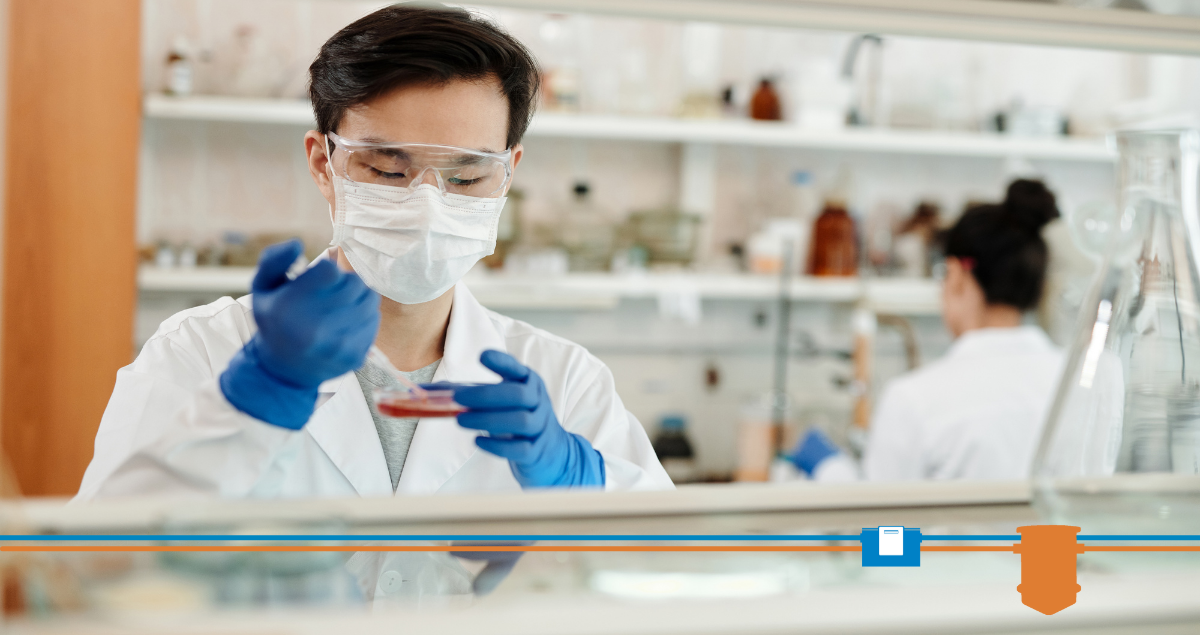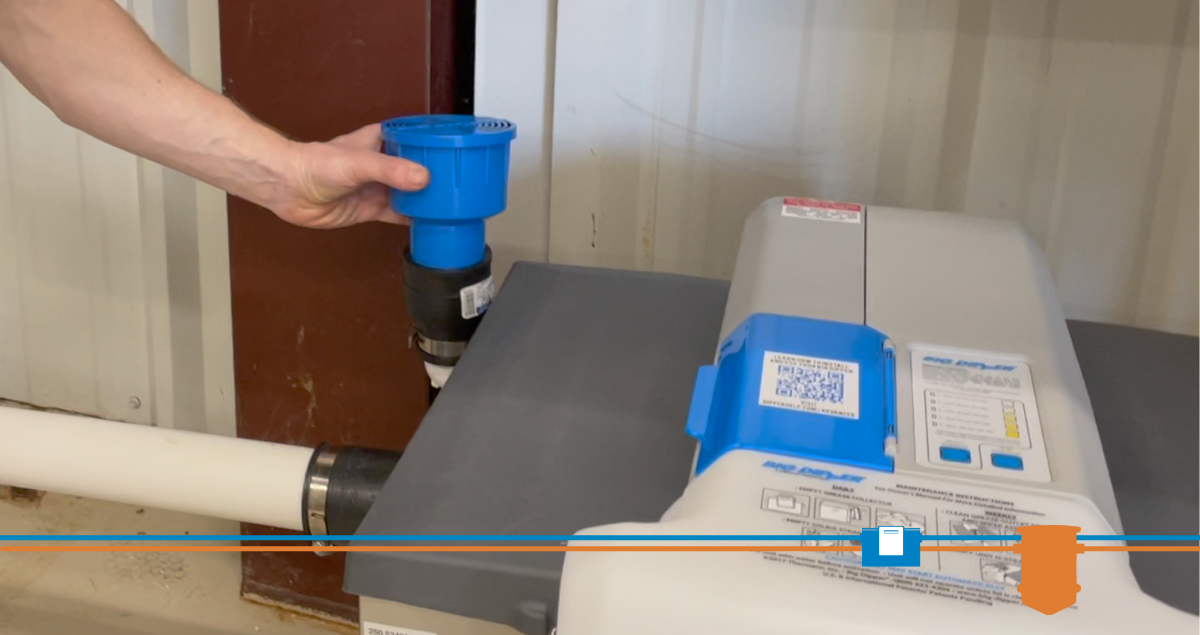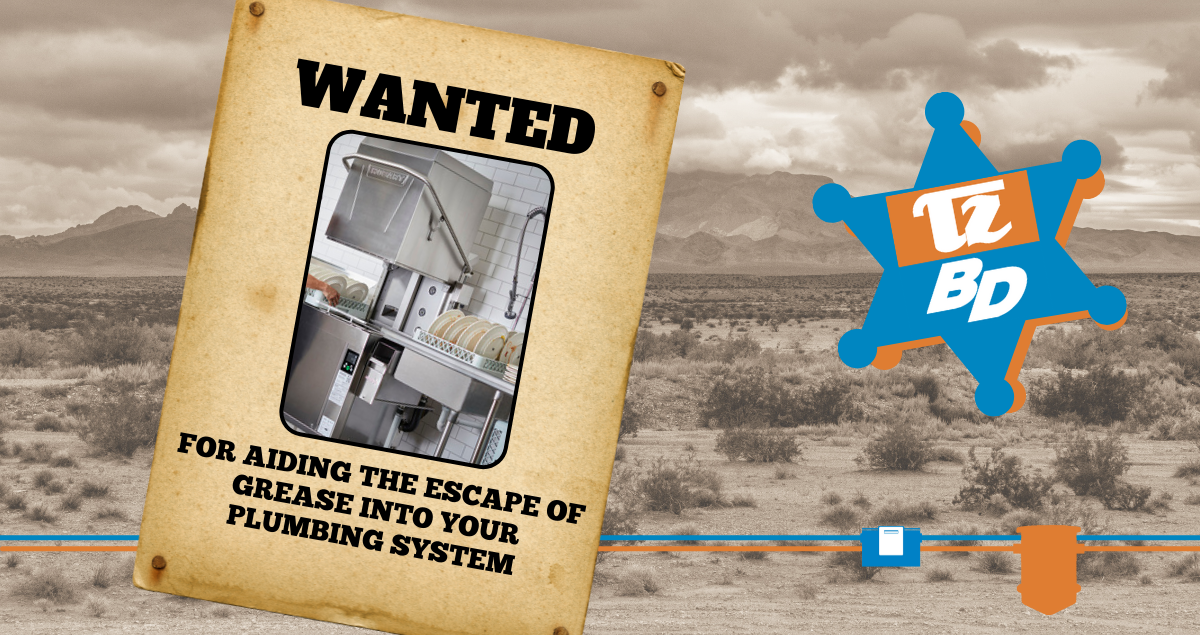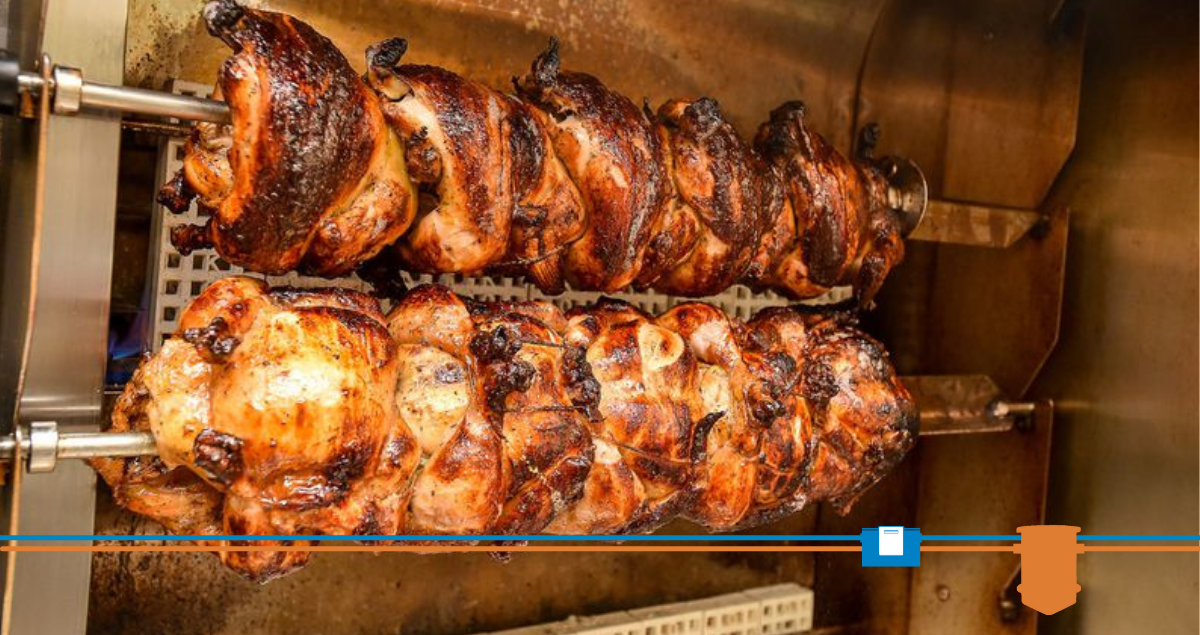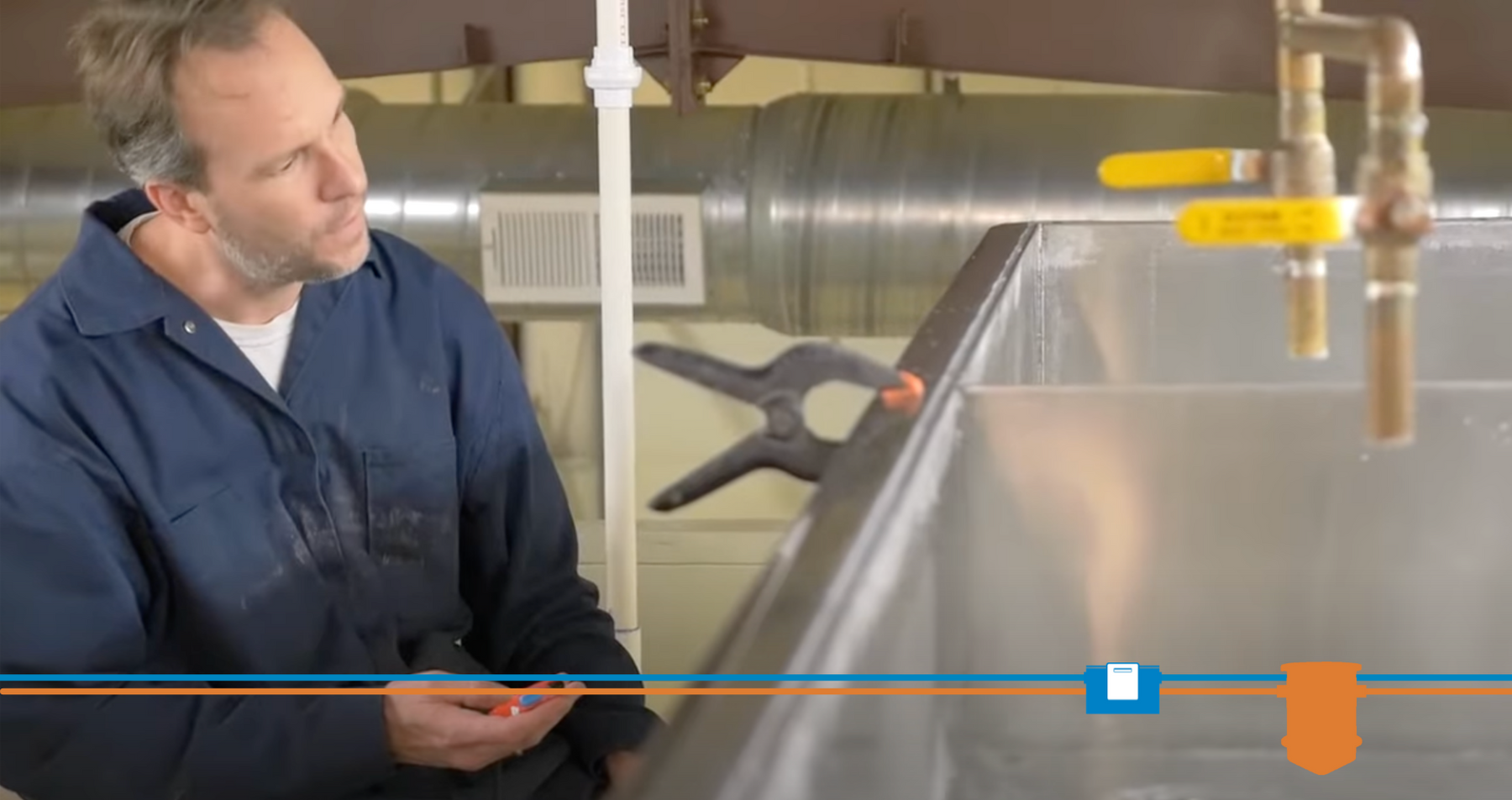Understanding Kitchen Ware Washing: Detergents and Scrapping Practices
- Apr 22, 2013
Better Practices in the Modern Era
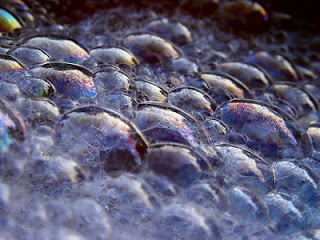
We are thankful to live in the 21st century and to not worry about dying from a restaurant dining experience. I once worked with a man whose 20 year-old brother died in 1940 of food poisoning from a restaurant with poor sanitation. As recently as the late 1940s, hot water heaters were not reliable and ware-washing detergents were caustic based. If the water was not hot, the detergent was not effective. Today’s modern restaurant has plenty of hot water, highly efficient detergents and those detergents also contain sanitizers and water softening agents to ensure complete sanitation and cleaning takes place.
Today we have better sanitation practices and the plates are always clean, but how about what is being sent down the drain? Does it pose a problem for the community’s sewer collection system? Can the constituents be treated at the community’s wastewater treatment plant?
Understanding Dishwashing Practices
To fully understand how a dishwasher cleans dishes, we first must look how the dishwashing process takes place in a full service restaurant or institutional kitchen like a hospital. The glass, silver and plate ware are brought from the serving area and dropped off at the dishwashing area. The plates, silver ware and glass ware piles up and then the dishwashing area employee eventually walks over to the assembled dirty wares and begins scrapping the food, paper napkins, other spent items into the garbage can. He/she then takes the scrapped plate and rinses the remaining small debris off the plate in the pre-rinse sink. The procedure just outlined is the best management practice procedure for a site without a food disposal. Some sites send the food solids/debris down the drain via a food disposal. There are also waste compaction and removal machines available for large institutional kitchens. Please see links at end for more information about scrapping systems for institutional kitchens.
Hot Water, Detergents, and Emulsions
Okay, so we have discussed the scrapping and pre-rinse steps leading up to loading the ware to be washed into the dishwasher. What about fats, oils and grease going into the dishwasher? What happens to the FOG inside the dishwasher? The dishwasher has hot water and that makes emulsions meaning the grease separator needs a long retention time to separate the grease after it goes through the dishwasher, yes?No, hot water by itself does not create emulsions or interfere wit the separation of fats or oils from water. Heating the water actually accelerates separation of physical emulsions. This is why many rendering companies put their grease trap pumpings in tall tanks and heat to high temperatures so as to accelerate the separation and stratification. They often afterwards use centrifuge-type separators to finish off the process.
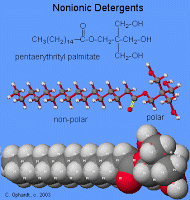
But . . . . hot water AND detergents together do cause permanent chemical emulsions that cannot be separated. Period. What may be still influencing our thinking is what was the case sixty years ago, back when caustic detergents requiring hot water were standard fare. Back then in the age of high pH/high phosphate containing detergents, if one wanted, a detergent/fat emulsion could be separated with acidification (no one did this, but they could have if they made the effort). Today, advanced chemistry allows detergents to be highly biodegradable, safe for handling and to clean with an efficiency not dreamt in the 1950s.
These wondrous detergents create emulsions that can only be separated by changing the aqueous dielectric and nobody wants those dielectric chemicals in their influent. So what happens to the detergent/fat emulsions? They stay intact all the way to primary treatment where the biology jumps on usually the detergent end, thus letting the lipid end loose for later digestion. Some of the floating scum on primary treatment tanks is likely the released lipids.
Summary
Today’s advanced detergents, efficient water heating systems and modern dishwashing systems provide the utmost in food service establishment sanitation and dining public safety. Dishware scrapping is a critical practice affecting pretreatment BOD and FOG loading. Hot water by itself does not create emulsions, rather fluid heating serves to help separate physical emulsions. Hot water, unspent detergent and lipids DO create detergent fat/oil emulsions. Modern detergents are highly effective at emulsifying lipids (animal fats and vegetable oils) and the emulsions created usually stay intact all the way to the treatment plant where the detergent ending is likely to be digested before the lipid ending.
Bill Batten
Links for additional reading:
Bill Batten
Links for additional reading:
Food Service Establishment Warewashing Scrapping and Disposal Systems:
Detergent Chemistry: History and Innovations:


